I felt crushed by clutter when I came across the Konmari Method and her book, The Magic Art of Tidying Up. I did not have a hoarder’s palace, by any means, but every time I had to go from tiny pile to another tiny pile of stuff to find what I was looking for, I felt dispirited, my energy sucked dry. Frustrated also became a common emotion; like an old friend, it would hang out in the back of my heart ready to jump out and squeeze my lungs until my frustrated, shallow breaths became a norm. I could feel the stuff I had saved, and had promised myself I would deal with later, jeering at me from the closets and drawers in the living room, or taunting me in the kitchen. Where I put the apples became another place for keys, scraps of papers, discarded to do lists and random rolls of tape. If I reached for an apple, I had to move the pile to the side first.
Every time I looked for the screwdriver we had lost (because the tool box was too cluttered to put it back), I would feel anger rising and would be reminded of how much time was spent just looking around for objects. Plus, everywhere I looked for the screwdriver I was faced with unfinished projects, papers to be sorted, clothes I was going to donate or fix, crafts I had abandoned, gifts I was keeping but would never use. That produced a low-grade hum of anxiety and a feeling of failure in my everyday life that was impossible to shake and even harder to identify. Feeling kind of crappy about being in my space became such a norm that, after awhile, I didn’t realize how much it was affecting my quality of life. I was depressed about the state of the house I lived in.
Then I heard rumblings of a book called The Magic Art of Tidying Up. I was excited that it was written by a Japanese person. Their culture has always fascinated me and I had lived there for a year in my twenties, so felt I would understand where she was coming from. If the Japanese, in their tiny living spaces and consumerist culture, could battle clutter, then I could too!
The problem was my mentality. I grew up without a lot of money, so anything I acquired as a teen became precious. Beyond that, my dad grew up with a nomadic family that moved a lot so he was very attached to the idea of having possessions- and if that wasn’t enough to make me hoard things, my grandmothers would always remind me that, in the Depression-era, they saved everything and they would say,
“Even today, if I save a piece of string or a rubber band, you can bet it will come in handy eventually.”
With that sage advice, I saved everything. Every empty margarine tub became a poor man’s tupperware for me. Every rubber band was saved, every scrap of string, every to-do list and business card. As I grew up and moved a lot, I started to save less, but even then I would have closets full of saved items.
Now that I have a family, I feel like all I do is tidy stuff or move more stuff around so I can get under it and clean. I was spending more time moving around stuff than actually cleaning….and more time trying to get a handle on the housecleaning than spending time with my kids!
When I read Marie Kondo’s book, something lit up in me. I loved her method. I have tried so many over the years and none of them have stuck. Her theory that ‘storage experts are hoarders’ seemed spot-on to me! I’ve tried a million storage options and a million methods. Her opinions on decluttering were fresh, new and didn’t include trying to sell me stuff or get me to spend money. So I jumped in….and I got scared. Getting rid of things is emotionally and physically exhausting! I felt a little stripped of my identity when I started getting rid of things. Silly, right? All of a sudden, putting that t-shirt full of holes that I accidentally bleached in the rag bin gave me nervous sweats. I stopped. And I acquired more stuff. And the tiny piles became mid-sized piles. And I would snap at my family to put things away, to which they would reply,
“But, where??”
So I started over. This time I stuck with it. I went all in! I got rid of old letters I wouldn’t read, old cards, and pictures that didn’t bring me joy. I left more blank space on my walls when I got rid of artwork that didn’t spark joy and it made my house feel bigger and more open. I got rid of things in storage spaces that ‘I might, maybe, someday turn into some sort of art project but I’m not sure what yet’. I donated clothing I would never wear and toys the kids didn’t even know that they still had. I got rid of all the preschool books that didn’t bring back joyful memories of reading together.
- In the process…
- of decluttering…
- every….
- single….
- category!
Clothing was the hardest. I had been gifted a large amount of my clothing or were pieces I had bought carefully when I was making little paycheques on my own. My clothing was who I was in the past, was my life before kids, and clothing I had spent my own paycheques on. I think all stay-at-home moms will understand. Now, it just sat there. It was not who I am anymore, but who I was- and yet, I kept it. It made it hard for me to put shirts away, having to cram them in front of these antiques I kept, but I kept them. When I picked them up, they didn’t bring joy. Instead, feelings of confusion, disconnect or blurred memories surfaced. Why did I still have these?
I got rid of them, but I felt an odd sensation of loss at the time of doing it. The clothing that was gifted to me was even harder. A lot of it wasn’t my style or size, but I still felt that I was yelling at the person who gave it to me. It was as if I was sending a mental vibe across the universe that said, “My friend, I hate your choices and are therefore insulting you!” which, of course, wasn’t true. That rude feeling stayed, but I donated them anyway. I felt, as Kondo mentions, that I was doing a disservice to the clothes by keeping them locked up in a drawer, unloved and unused. They should be given to a second-hand store where a person could come across them and, with utmost love, choose it as their new treasure to wear, to be seen in and to keep joyfully. After the clothes were donated, I found the feeling of guilty dissipated and what was left was relief!
- I have space….
- and more space!
I did eventually get through all of the categories (which I urge you to do in order!) and I am now working on the storage part of the book. I want to store my kept items in a way that makes them easy to use and displays them as lovingly as possible.
As I said, I went all in with the book. Everything that she said to get rid of, I did, as if to reset my life. (I need to do a teensy bit more decluttering in certain areas to feel that ‘click’ of satisfaction, but I am almost there.) Now, Marie Kondo says there is no rule on how much you keep but it must bring you satisfaction and JOY. You must not keep those things you feel obligated to keep. With that in mind, anything I wasn’t sure of or on the fence about went in to donations- this time. Looking at her Youtube videos and her Instagram feed that her team updates, I know that she is not talking about everyone having a bare, minimalist room, since some of the rooms were bursting with art supplies or plants or books. Even in those rooms, though, there was a feeling of calm and order, where every precious belonging was in its own place and loved.
I can never do ultimate minimalism. My rooms will never look like this:
I find this look too clinical and it makes me nervous. It does not bring to mind fancy hotel stays, as it does for some.
I was starting to feel like, with the decluttering culture and blogs out there, that the above feel (not look) was what was expected of me if I was to “succeed”.
Today, I came across an article that did not deal with the Konmari method, but was about another thing I am currently obsessed with, Hygge. Hygge (pronounced hoo-gah), is a feeling of “coziness” or “good social atmosphere”, but that kind of differs depending on who you are. At the bottom of this page, I will leave links that explains it more thoroughly if you are interested in getting into hygge in more detail! There is a lot of info available since the idea is very trendy right now. The article that came up on my email list today was about creating a little box or suitcase or basket of things to pull out when you want a hygge day in; which they called a “hygge” kit (here). It listed chocolate, books, tea, a cozy sweater, music and letters as very “hygge” things to pull out when you want a comfy and relaxing day in. I always think of a good spot on the couch, surrounded by deep, warm colours (such as burgundy and dark oak), with a fuzzy blanket on my shoulders, a great book in my hands, and Leonard Cohen on the stereo whenever I read about hygge. In my hygge fantasy, my family is sprawled around me on the couch and we are all reading or drawing or writing a letter to a friend.
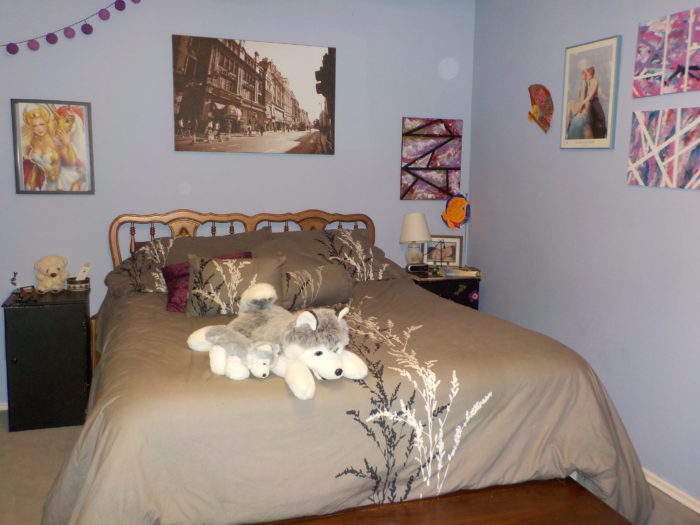
My bedroom is also a place in the house where I feel cozy and has a comfortable atmosphere- which, I am guessing, is very “hygge”.
When I did the initial Marie Kondo declutter, I was ruthless. All old music, letters, books I wouldn’t read, and cards were thrown away. Now, I am determined to build up a tiny collection again, one that will bring me joy and one that I will keep down to one small box, maybe stored inside my own version of a “hygge” kit. I have three old suitcases that would make perfect hygge kits for each member of the family. I think all creatives (like me!) need a small corner of contained artistic clutter to feel good. I am no longer averse to small tins of pens on my desk, sorted into type. I will just avoid having small piles of pens all over the house again. Sort by type and keep them all in one place, as Kondo instructs, and I think you can still have a decluttered home AND an artistic, creative, “hygge” feeling space. Less stuff doesn’t have to equal less personality in a space.
My house is starting to feel like a home now! When I do a final sweep and declutter, I will update you. Perhaps a house tour? I want to know about your experiences, too!
How about you? Have you used the Konmari method or been tempted to declutter?
Have you heard of Hygge before? Do you find it intriguing? Would you be willing to work it, mindfully, into your lifestyle?
Let me know in the comments below!
Hygge Resources:
- Visit Denmark
- The “Cozy Kit” That Will Make Your Next Night in Magical
- The Parenting Trick You Should Steal….
- How To Craft The Ultimate Hygge Home
You may also enjoy:
I Went All the Way to Cuba to Gain Confidence in my Parenting.
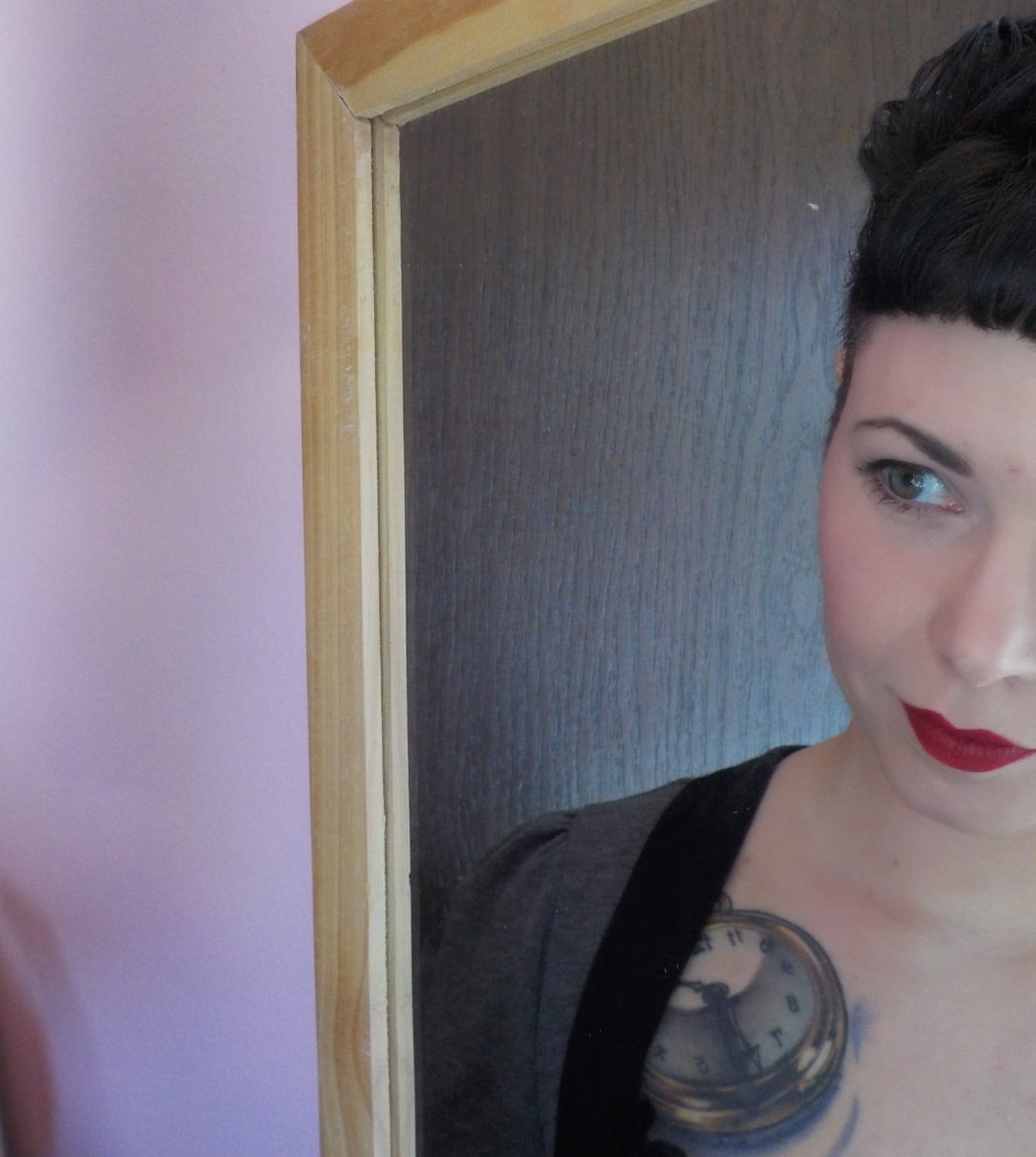
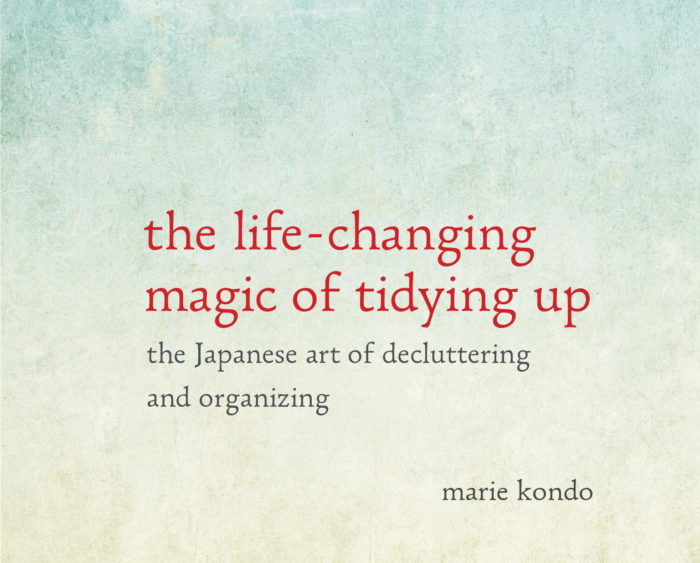
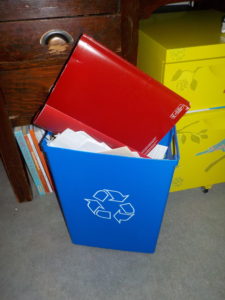

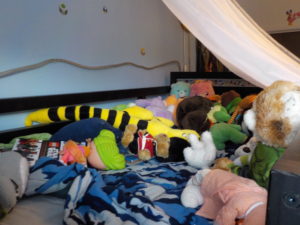
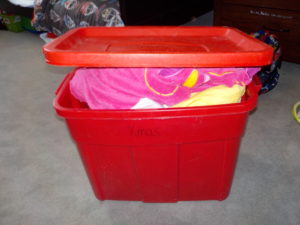
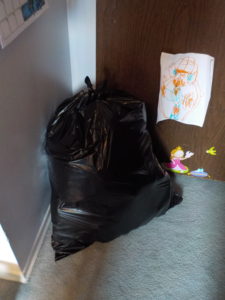
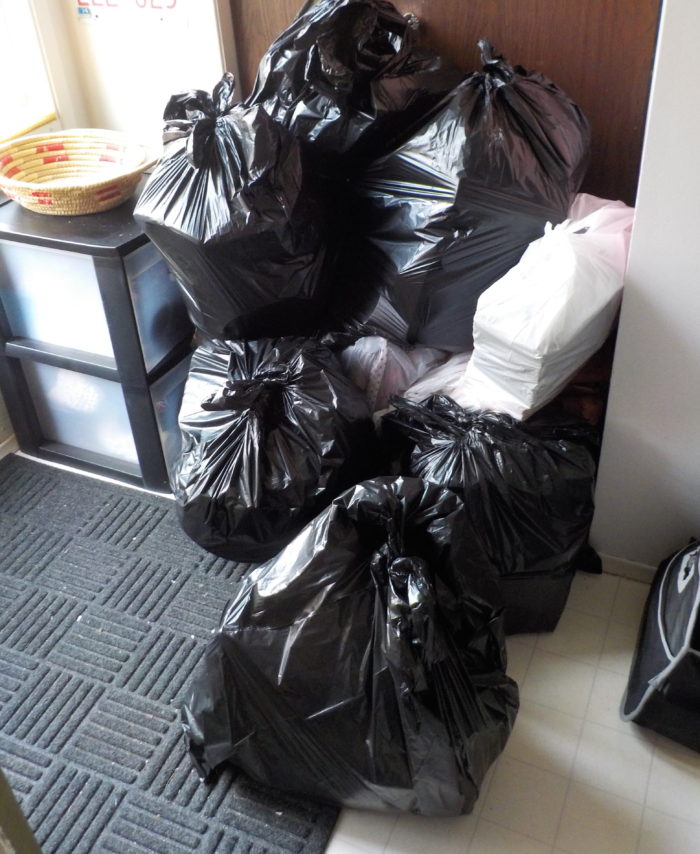
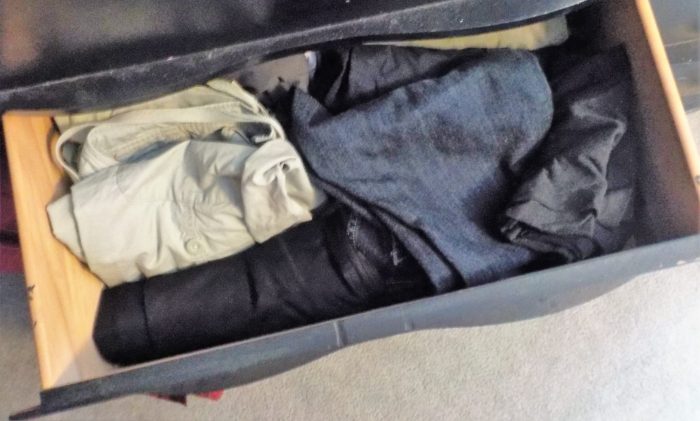

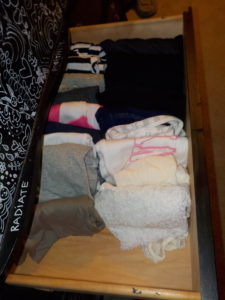
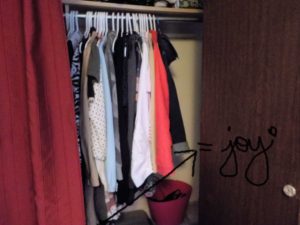
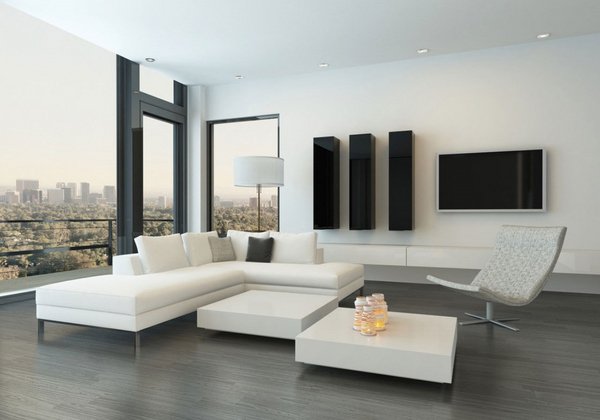
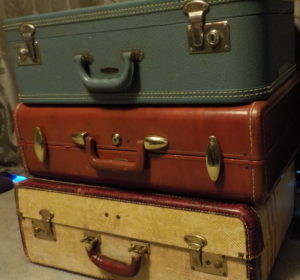
[…] A Creative’s Take on the Konmari Method. […]
[…] A Creative’s Take on the Konmari Method. […]